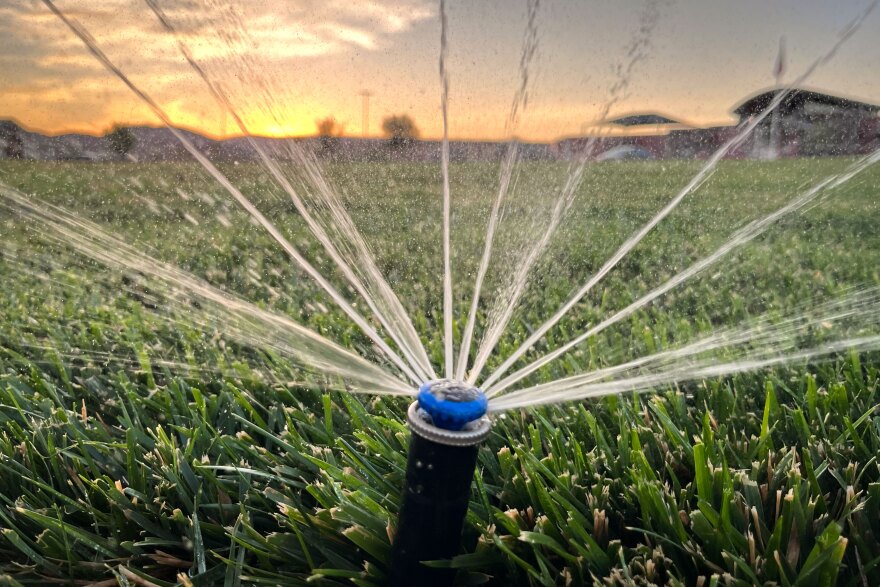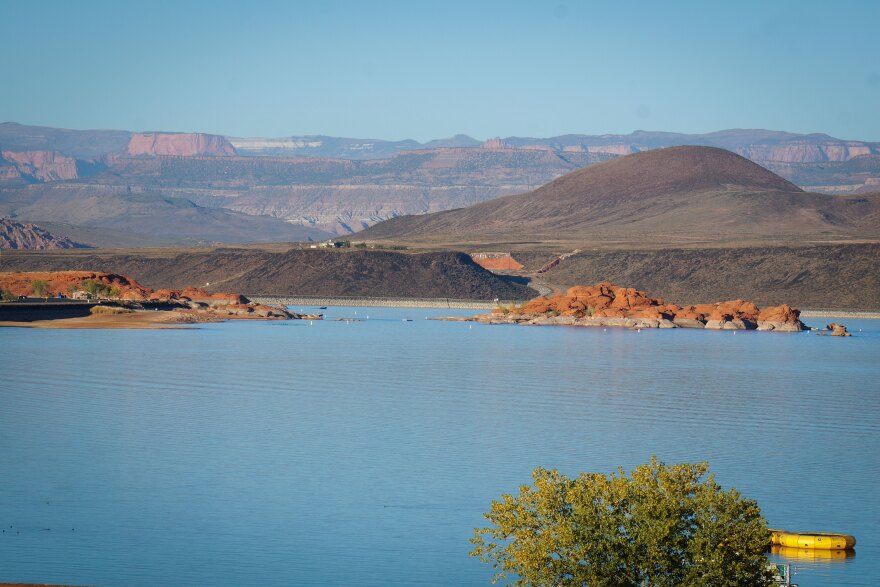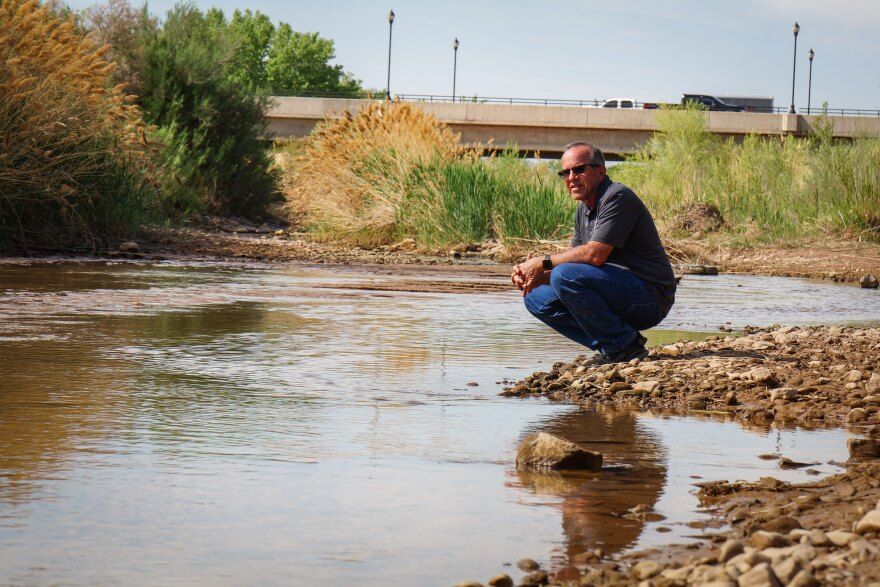Southwest Utah is no stranger to drought. Now, it’s one step closer to being ready the next time its water supplies are at risk of drying up.
The Washington County Water Conservancy District’s proposed water shortage contingency plan would allow its board to declare a shortage based on climate conditions, reservoir levels and streamflows. Depending on how dire the situation is, the board could reduce district water deliveries to member cities by 10%-60%.
City leaders would then have to decide for themselves how to get by with that smaller water budget.
“Everybody will still be expected to pitch in, but everybody's going to do that in the way that they feel best fits the citizenry,” said district conservation manager Doug Bennett.
A city could use more aggressive water rates that charge its heaviest users more per gallon and leave its lightest users alone. Or it could implement restrictions that apply to the whole community, such as limits on when people can water lawns, wash cars or fill their swimming pools.
It’s important to prepare for how to respond to worst-case scenarios before they happen, Bennett said — not only for drought but also in the event of an earthquake, malware attack or infrastructure failure that disrupts the water supply.
The plan has been a long time coming.
Over the past couple of years, Bennett said the district surveyed leaders from its eight cities, and the response indicated they wanted the same contingency rules to apply to everyone. In the spring, however, when he presented a version of the plan that took that approach, it didn’t get a warm welcome.
“Originally, we thought everybody wanted to move together,” Bennett said. “As we went through the process, we found out that cities really wanted more autonomy.”

The updated plan’s water budget approach leaves cities responsible for how they curb local water use, Bennett said, while still pushing them to meet the county’s broader goals.
If a city doesn’t conserve enough, the district would step in.
“There's no expectation that you would actually shut off water deliveries to a city, but there are some pretty extraordinary financial penalties,” Bennett said.
For cities that use more than their water budget allows during a shortage, the district would start increasing the cost of that extra water by 300%. Cities that are more than 20% over budget would see the price tag jump 500%. Those penalties are high, Bennett said, because they need to affect the city’s total cost of water — raising the average per-gallon cost when combined with the water that came in at regular price. Those higher costs would likely show up on residents’ bills and hopefully spur more conservation.
If a city still doesn’t act to reduce water use, Bennett said the district board could start to impose mandatory measures, such as prohibiting new water connections.

With the Virgin River, the county’s primary water source, essentially tapped out, Conserve Southwest Utah water program manager Karen Goodfellow said more conservation is a vital step for the fast-growing region. While she would have liked to see the plan implemented earlier this year, her conservation group supports it.
“It has some teeth to it,” she said, “and the municipalities now have to get together and jump on it.”
Another benefit is that this plan could be implemented quickly, she said. Rather than requiring approval from each city council, it would only need to be adopted by the conservancy district. The district provides water for local utilities that cover around 95% of the county’s residents.
Then the district board, which includes mayors and city officials, could declare the county to be in one of four stages of water shortage.
The plan shows that Washington County would have been in Stage 1 conditions for nearly a third of the past three decades and in Stage 2 for 9% of that time. Two months in 1996 would have met Stage 3 criteria for drought.
This year, the county would have been in Stage 1 in February, March and September and in Stage 2 in April and May.

Water budget reductions of 10% to 60% would be based on each city’s average use per connection over the most recent three-year period before the shortage. If a city proactively reduces water use before a reduction goes into place, Bennett said it may not have to do much to meet Stage 1’s 10% target.
Still, the county faces a pinch point as its population grows and big infrastructure projects in the district’s 20-year water plan aren’t up and running yet. Completion of the Chief Toquer reservoir, which will store recycled wastewater, has been pushed to 2026. New and expanded treatment plants that will clean wastewater for reuse won’t make a dent until 2030.
“I don't think most people understand we are truly at a significant tipping point,” Goodfellow said, “and we need to have something in place sooner than later.”
Bennett expects the Regional Water Supply Agreement Administrative Advisory Committee to discuss the draft plan and potentially recommend its approval when it meets Oct. 29. The water conservancy district board could then approve the plan at its Nov. 3 meeting.






